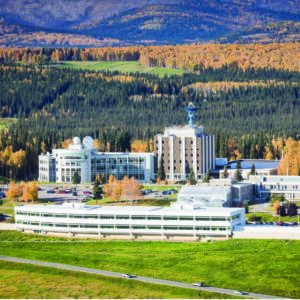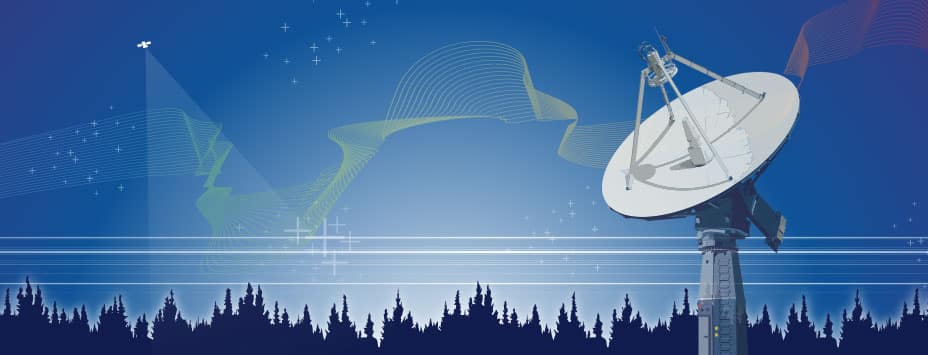Ground Station Services at a Prime Location
 The Alaska Satellite Facility (ASF) operates a network of advanced ground stations dedicated to receiving, processing, and distributing satellite data. The ground stations support a wide range of applications, from environmental monitoring and disaster response to climate research and natural resource management. ASF is at the forefront of satellite data services. We provide critical real-time data and analytics to a global community of researchers, government agencies, and commercial users. By leveraging our unique geographic position and cutting-edge technology, we ensure the reliable capture and distribution of satellite information, making it an essential asset for scientific and operational efforts worldwide.
The Alaska Satellite Facility (ASF) operates a network of advanced ground stations dedicated to receiving, processing, and distributing satellite data. The ground stations support a wide range of applications, from environmental monitoring and disaster response to climate research and natural resource management. ASF is at the forefront of satellite data services. We provide critical real-time data and analytics to a global community of researchers, government agencies, and commercial users. By leveraging our unique geographic position and cutting-edge technology, we ensure the reliable capture and distribution of satellite information, making it an essential asset for scientific and operational efforts worldwide.
- ASF Ground Station Services
- UAF1 Viasat Real-Time Earth
- NASA Near Space Network
- The ASF ground station's high-latitude location enables tracking of polar-orbiting satellites multiple times each day.
- Drawing on more than 30 years of experience, we are committed to innovation, precision, and customer satisfaction, delivering tailored services that meet the unique needs of space agencies, commercial enterprises, and research organizations.
- ASF hosts and maintains customer-owned equipment in our gated facility near Fairbanks, Alaska, which is equipped with 24/7 police and operator video monitoring, a state-of-the-art fire suppression system, and a high-capacity backup generator to ensure uninterrupted and secure operations.
Interested in exploring opportunities with ASF? Let's start a conversation.
Information Request for ASF Ground Station
Take your project to the next level with ASF
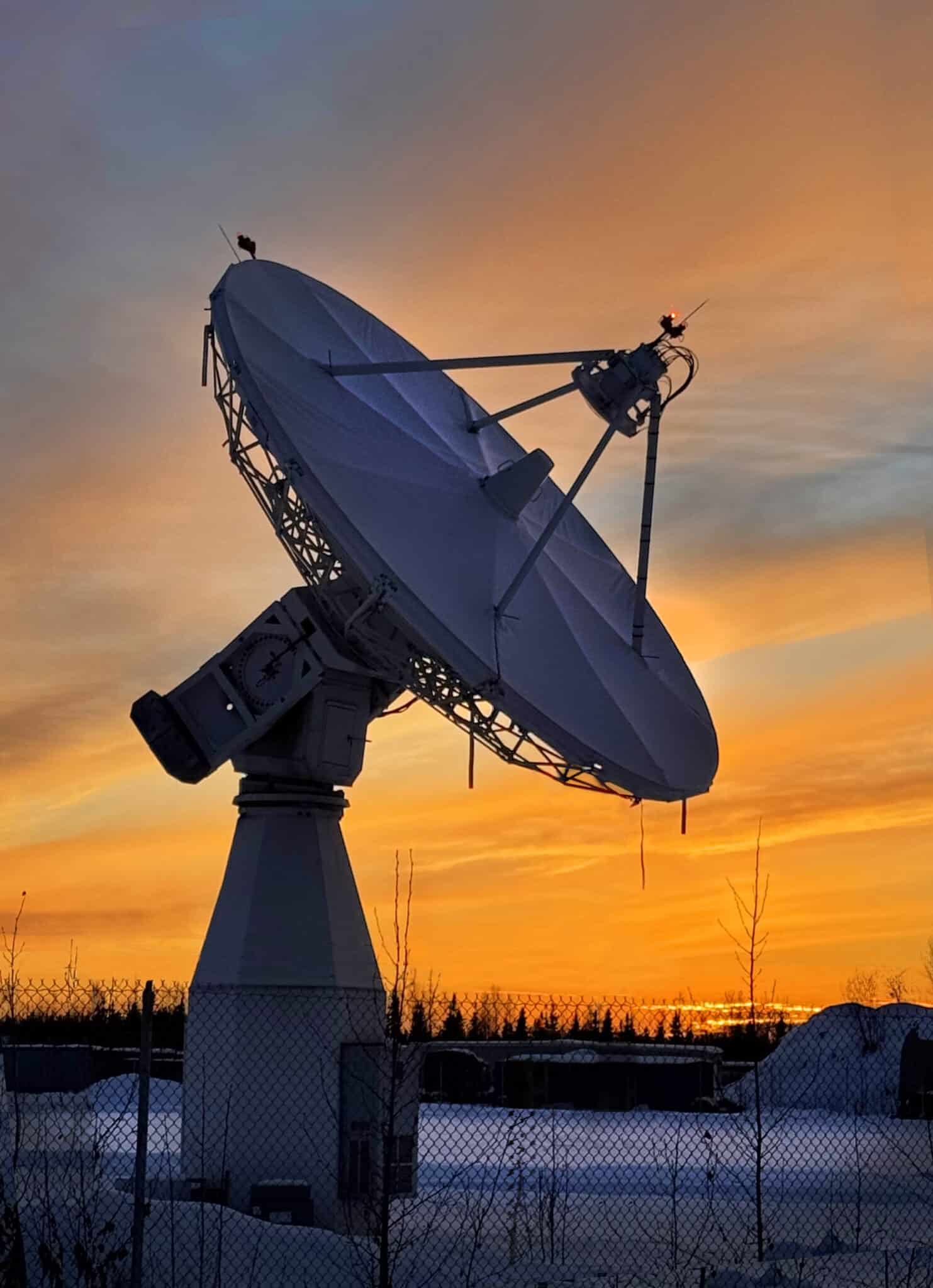
Real-Time Commercial Service
 We are proud to be a part of Viasat’s global Real-Time Earth network, through which satellite operators can reliably and securely stream data in real-time. We provide an X, S and Ka-band antenna for lightning fast fiberoptic connectivity to the Lower 48. Our ground station’s location (64.794, -147.536) is optimal for tracking polar-orbiting satellites and our antennas provide clients with 9-10 supports per day per spacecraft and are supported by ground station engineers with decades of experience.
We are proud to be a part of Viasat’s global Real-Time Earth network, through which satellite operators can reliably and securely stream data in real-time. We provide an X, S and Ka-band antenna for lightning fast fiberoptic connectivity to the Lower 48. Our ground station’s location (64.794, -147.536) is optimal for tracking polar-orbiting satellites and our antennas provide clients with 9-10 supports per day per spacecraft and are supported by ground station engineers with decades of experience.- Viasat offers a continually expanding world-wide network of antennas for reliable high-speed communication.
- Our prime location provides 9-10 supports per day per polar-orbiting spacecraft.
- At ASF, our engineers have decades of experience tracking satellites for NASA and other entities, expertise that benefits our clients every day.
Interested in exploring opportunities with ASF? Let's start a conversation.
Information Request for ASF Ground Station
Take your project to the next level with ASF
Viasat’s global Real-Time Earth network
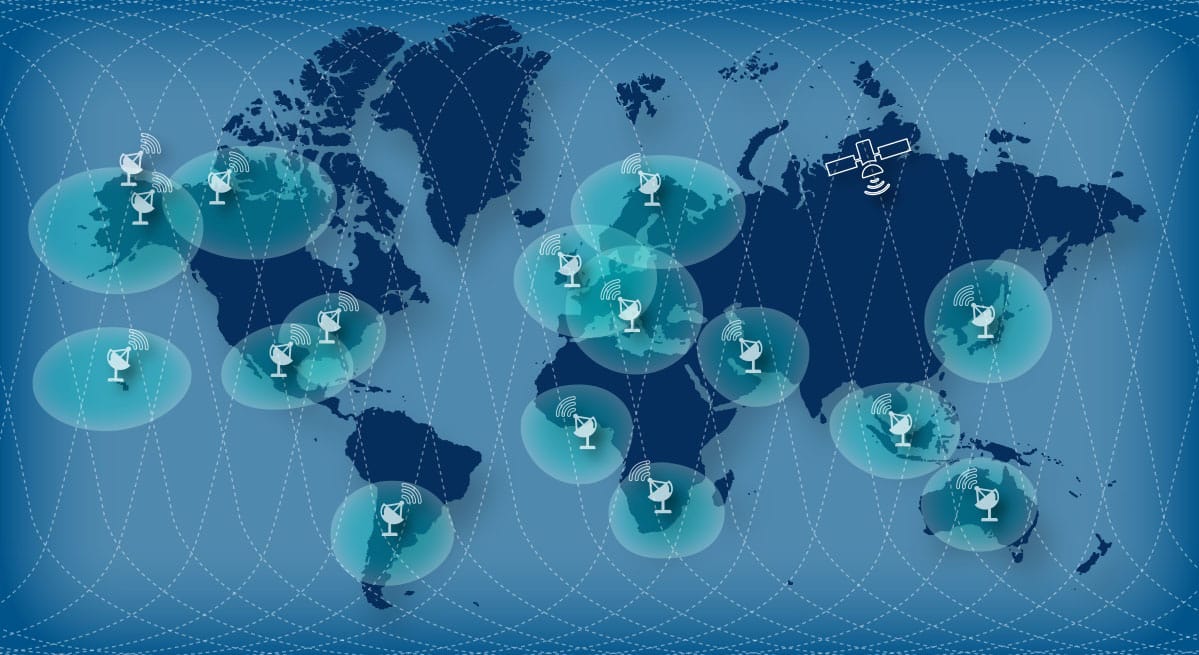
Near Space Network (NSN) Ground Station
 ASF operates four satellite tracking and communications antennas that are part of the NSN, a global array of ground-based spacecraft-support facilities managed by the NASA Goddard Space Flight Center. Our ground station provides downlink support for transferring science data from satellites in low Earth orbit and support for telemetry, tracking, and command functions. These services are provided across multiple radio frequencies – S-band, X-band, and Ka-band – depending on the data rate requirements of a mission.
ASF operates four satellite tracking and communications antennas that are part of the NSN, a global array of ground-based spacecraft-support facilities managed by the NASA Goddard Space Flight Center. Our ground station provides downlink support for transferring science data from satellites in low Earth orbit and support for telemetry, tracking, and command functions. These services are provided across multiple radio frequencies – S-band, X-band, and Ka-band – depending on the data rate requirements of a mission.
Supporting NASA’s NSN Infrastructue
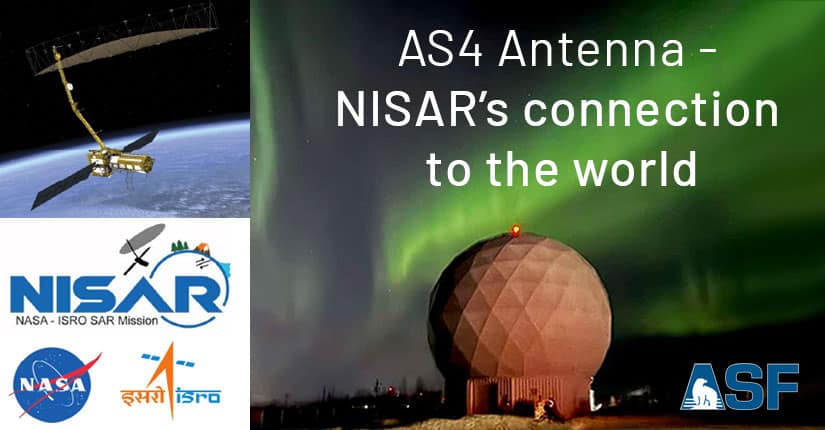
ASF's Station Mask

Outstanding Performance
- ASF has provided NASA with a high standard of satellite ground support since 1991, when the first data downlink was received. ASF provides 24/7 engineering staffing and support and maintains a 99.1% or higher proficiency rating as required by the NSN.
- Three antennas are located on the University of Alaska Fairbanks campus, which provides high-level infrastructure support. The fourth antenna is located 16 miles away at a second, continuously monitored ASF ground facility.
- At 64.85 degrees latitude north, ASF is in a prime location to link to NASA's satellites in high-inclination, polar orbits.
Interested in exploring opportunities with ASF? Let's start a conversation.
Information Request for ASF Ground Station
Take your project to the next level with ASF



